My First Visit to a Japanese Hospital
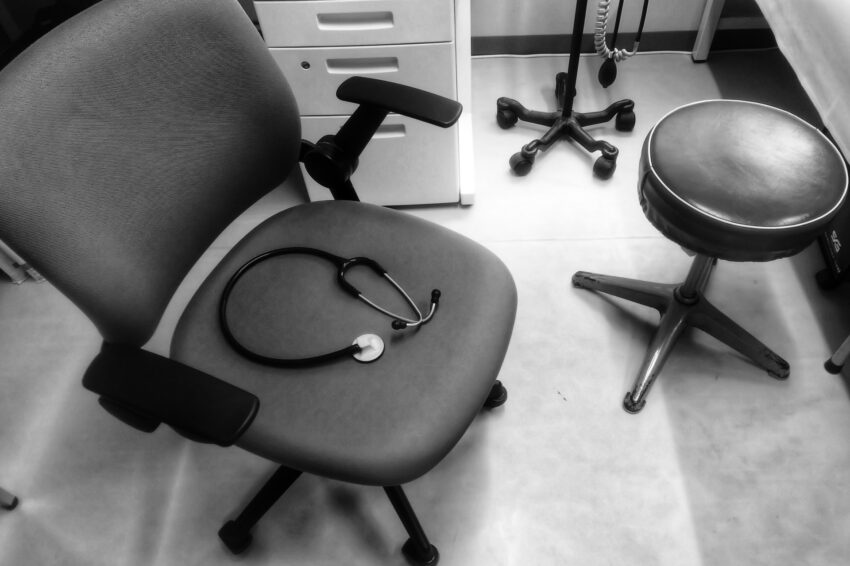
Health care, especially emergency health care, is something I did not worry too much about. That all changed one night in May 2019 when my family suddenly found ourselves at Tokyo University Hospital praying for my 8 year-old son who was hovering between life and death. That long night (and throughout my time in Japan), I learned some lessons about medical care which I will share with you; the most immediate and important of which is to BE PREPARED.
Step 1: Make sure you’re insured!
By law, everyone living in Japan is required to have health insurance. Basically, there are company-administered plans (of which BorderLink’s is one) and the National Plan, which is administered by your local Ward/City office. (I believe there are also private plans, but I am not knowledgeable enough about them to cover them in this article.) If the head-of-household’s spouse is a wage earner, he/she may have a separate account administered by his/her employer.
Minors fall under the head-of-household’s account and their insurance covers 100% of medical expenses until they enter high school (approximately 15-16 years old), after which coverage drops to 70%. (Note: The age of coverage dropping from 100% to 70% is set to change to 18 years old in the near future.)
The insurance coverage of those of high school age and above is 70%; however elective treatment (e.g. orthadonic braces) is NOT covered. Make sure that you and your family are all covered and carry your health insurance card at all times. (It fits neatly in the plastic sleeve that came with your Residence Card – which you legally must carry at all times.)
Why all that matters
The issue I would like to talk about is non-emergency care in public hospitals. In a non-emergency, when the need to visit a doctor arises, GO TO YOUR LOCAL CLINIC FIRST – preferably early in the day, so that a visit to a larger hospital during normal hours the same day is possible. Bringing along someone who speaks both Japanese and English is highly advisable, especially at a smaller clinic.
If you go to a major hospital (e.g. University of Tokyo Hospital, National Center for Global Health) without a reference from your local doctor, you will probably be required to pay a first-visit (for that particular ailment) fee of around ¥11,000, which is NOT covered by insurance.
There is also sometimes an after-hours fee which is also not covered by insurance. (The after-hours fee at the National Center for Global Health is ¥11,000 ) Therefore, it is much cheaper to go to your local clinic first. Your local doctor might hand you a sealed medical referral to give to the staff at a larger hospital of your choice. Obviously, you will need to bring the referral to the larger hospital. Sometimes your local clinic can set up an appointment for you at the your chosen hospital – on the same day even.
Alright, we’re going to the hospital…
Arrive at the hospital at least 60 minutes before your appointment and be prepared to wait. Since this will be your first visit (for this particular ailment) to the hospital, you will probably have to go to the First Visit Desk (usually near the hospital’s main entrance) to register, hand over the referral, have your insurance verified, and be issued a Hospital ID Card.
They also might require you to have laboratory tests performed, so be sure to bring water to drink. From there, you will be given a number and told where to wait. Larger hospitals sometimes have English-speaking staff or even interpreters; be sure to ask if the hospital provides this service.
Depending on the day of the week, and the number of patients, waiting times vary widely. (Days with inclement weather seem to have shorter waiting times, as elderly – who make up a large percentage of patients in some departments – seem to stay home on these days.) When your number is called or displayed on the screen, go the appropriate examination room door, knock, and then enter.
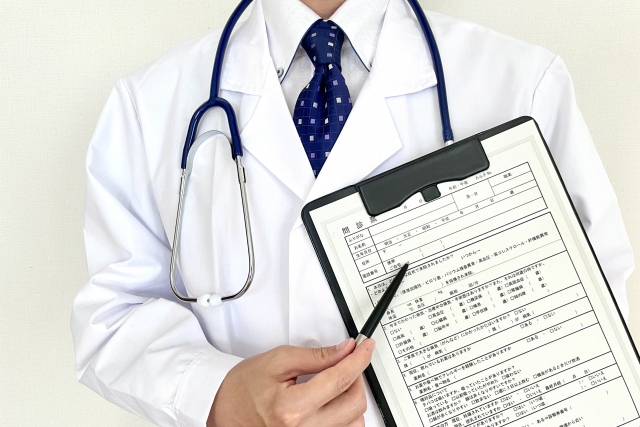
Photo by 78design
Hello, I’m the doctor
Not all doctors speak conversational English, but most have some ability. Doctors have only 5 – 10 minutes allotted per patient, so try to give succinct answers to his questions. He might ask you to sit or lie down on the examination table; be sure to take off your shoes before lying down. He or another doctor will perform an examination. If necessary, he will send you to another department (e.g. Radiology) for tests or to see another doctor.
After finishing your tests, waiting some more, and seeing the doctor(s) again; you will need to go to the Billing Department Counter for your bill to be determined. Usually, you will go to the counter, hand over your initial waiting number sheet, hospital ID, and insurance card. The receptionist will hand you yet another waiting number and any prescription forms (which you will need to present to a pharmacy – along with your insurance card – within a few days and before the end of the month).
Now the fun part- paying!
When your number is displayed (or called), go to the Payment (or Register) Counter (or Payment Machine, into which you simply insert your hospital ID) and you will be presented with the hospital bill. Some hospitals accept credit cards, others do not. If you are unable to pay, inform the person at the Payment Desk. (Usually there is at least one person behind the counter near the Payment Machines.)
Once you have paid, you will be given a receipt which lists the charges and should be kept for tax reasons. The receipt sometimes lists all your future appointments at that hospital. You are now finished.
I hope you enjoyed that! Now, if you’re wondering about the story that got me to go to the hospital in the first place, tune in some day for the sequel Hovering Between Life and Death: How an Alert Teacher, School Nurse, and a Surgeon Saved My Son’s Life.
Photo Credits:
Additional photo by 78designさん on PhotoAC
All other content (text) created by the original author and © 2022 MUSUBI by Borderlink
RELATED
-
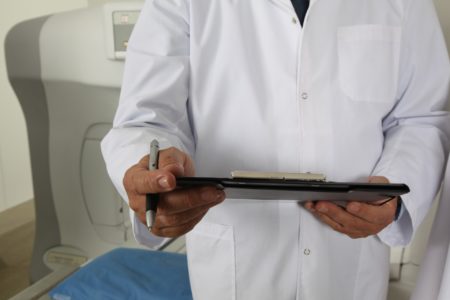
Doctors or Devils: Finding a Clinic in Japan
Top Photo: valelopardo on Pixabay It’s every traveler’s worst nightmare: you’ve finally made… -
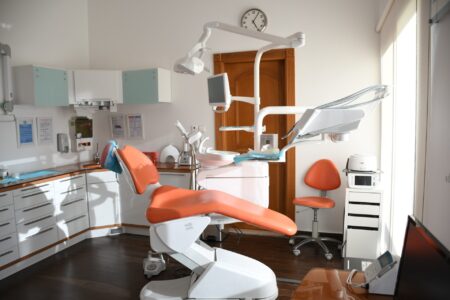
Dental Care in Japan
Top Image: Atikah Akhtar on Unsplash And now, thoughts on the dentists and dental care system of Japan… … -
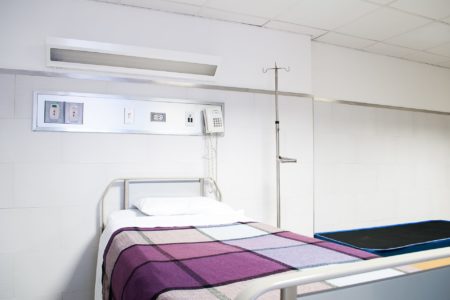
Sick and Tired in Japan: What Do I Do?
Top Photo: Martha Dominguez de Gouveia on Unsplash Few things are more daunting for foreigners living in Japan…
PEOPLE

Thomas Uhrig
From the USA
Has many years of experience in Japan!


